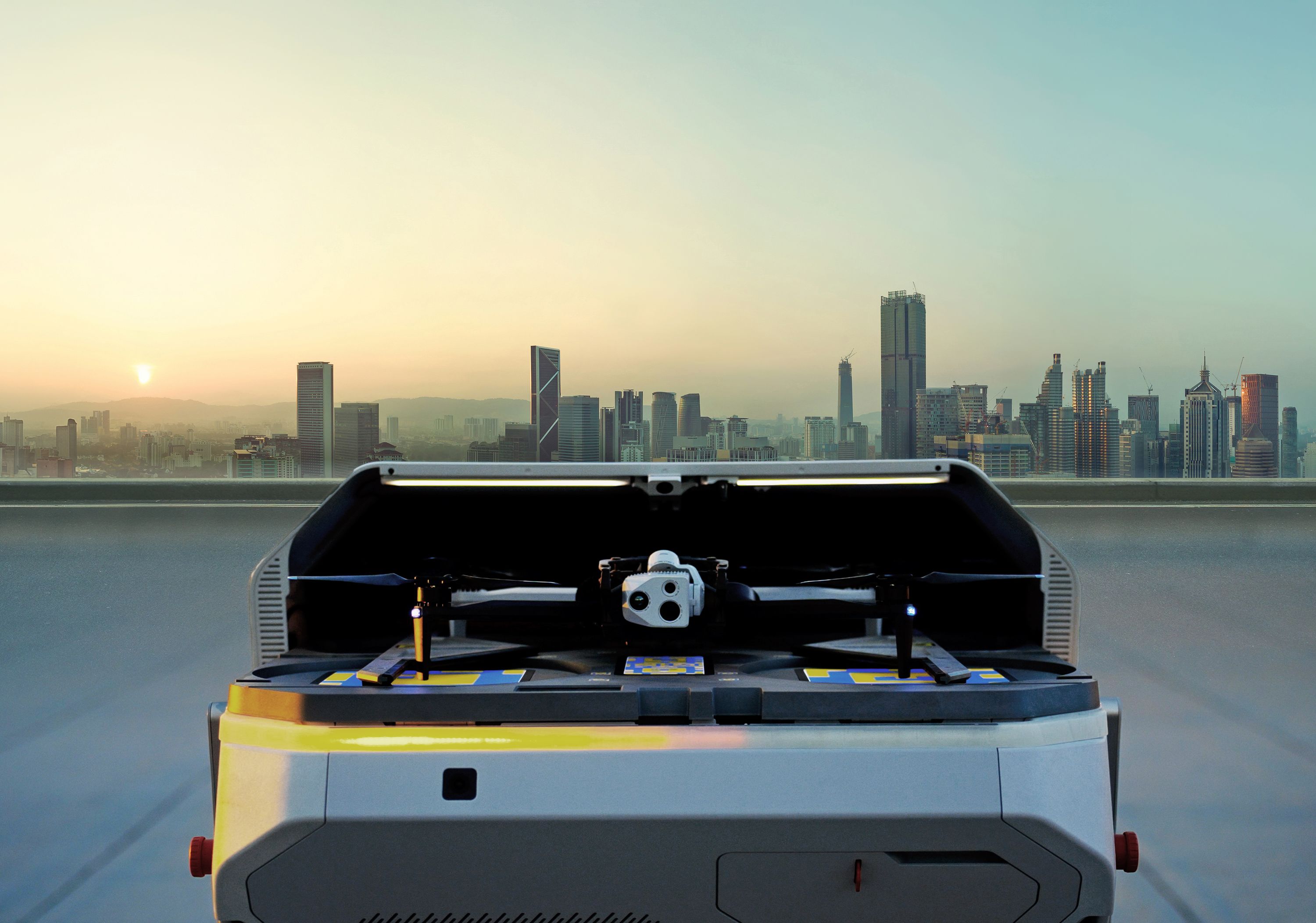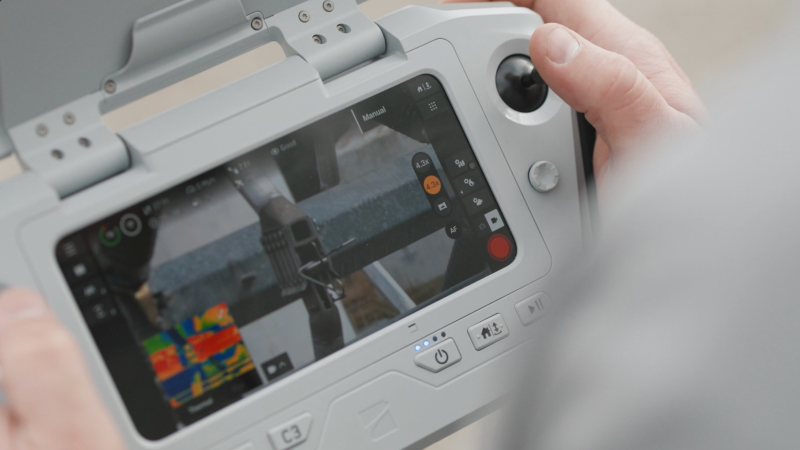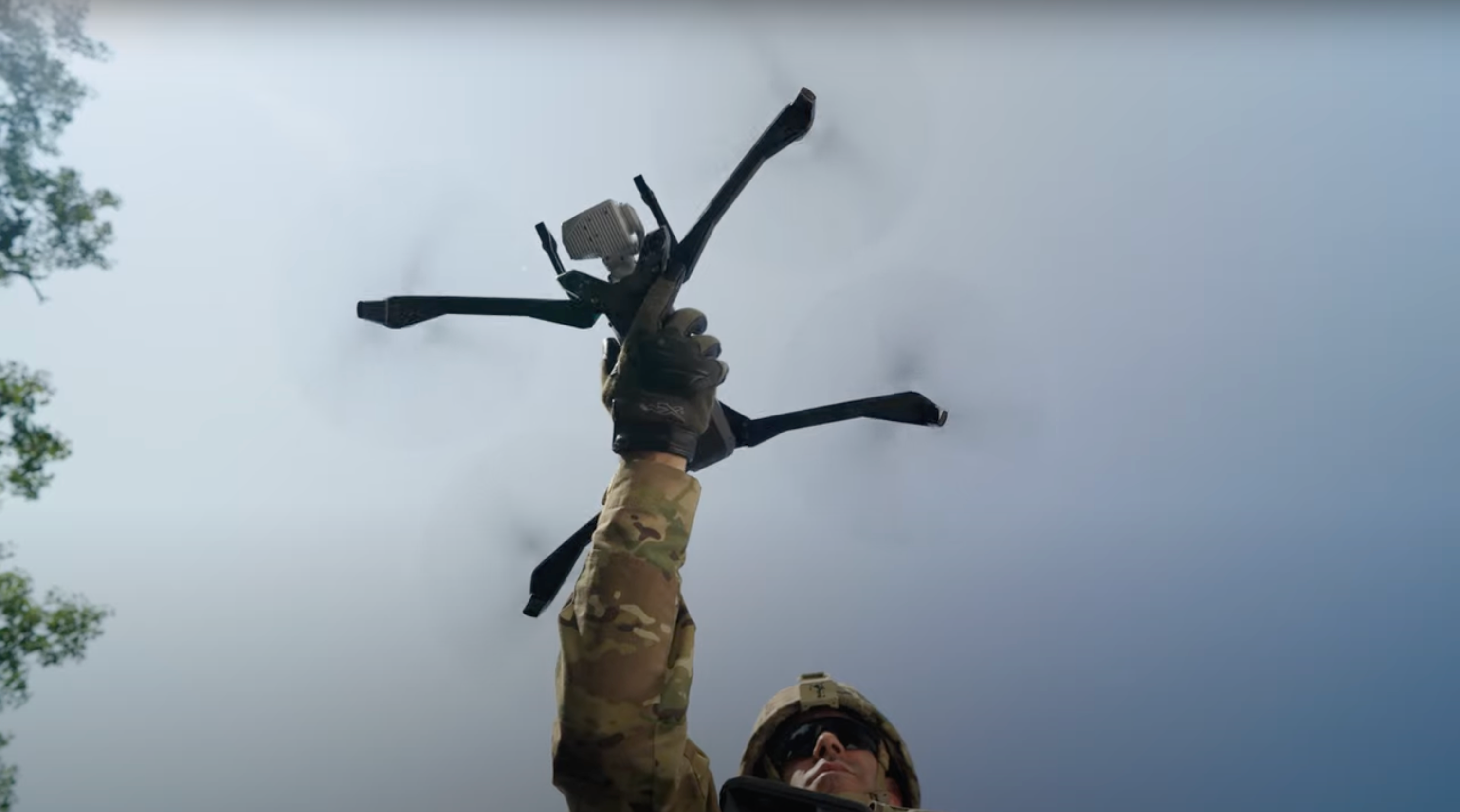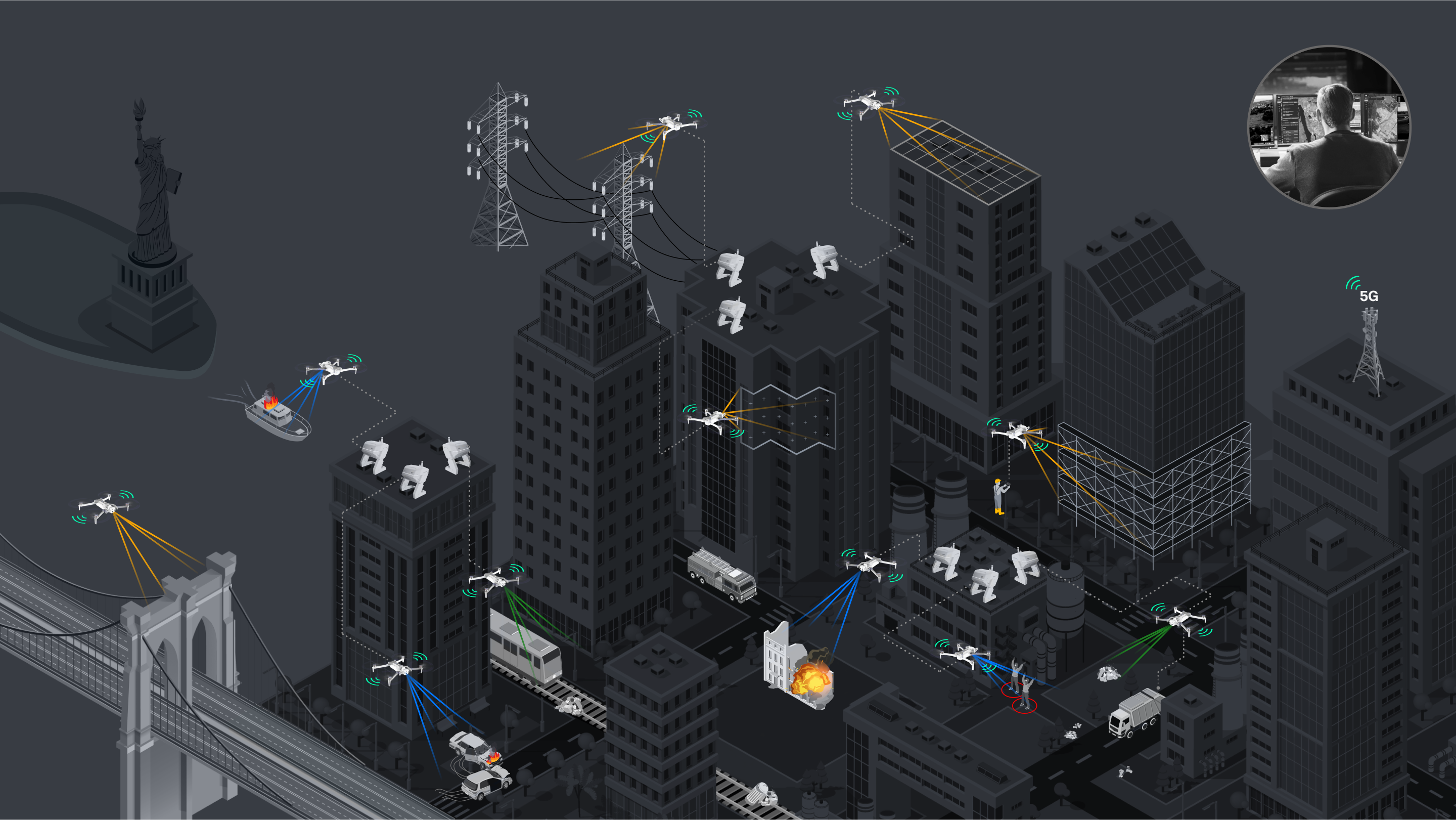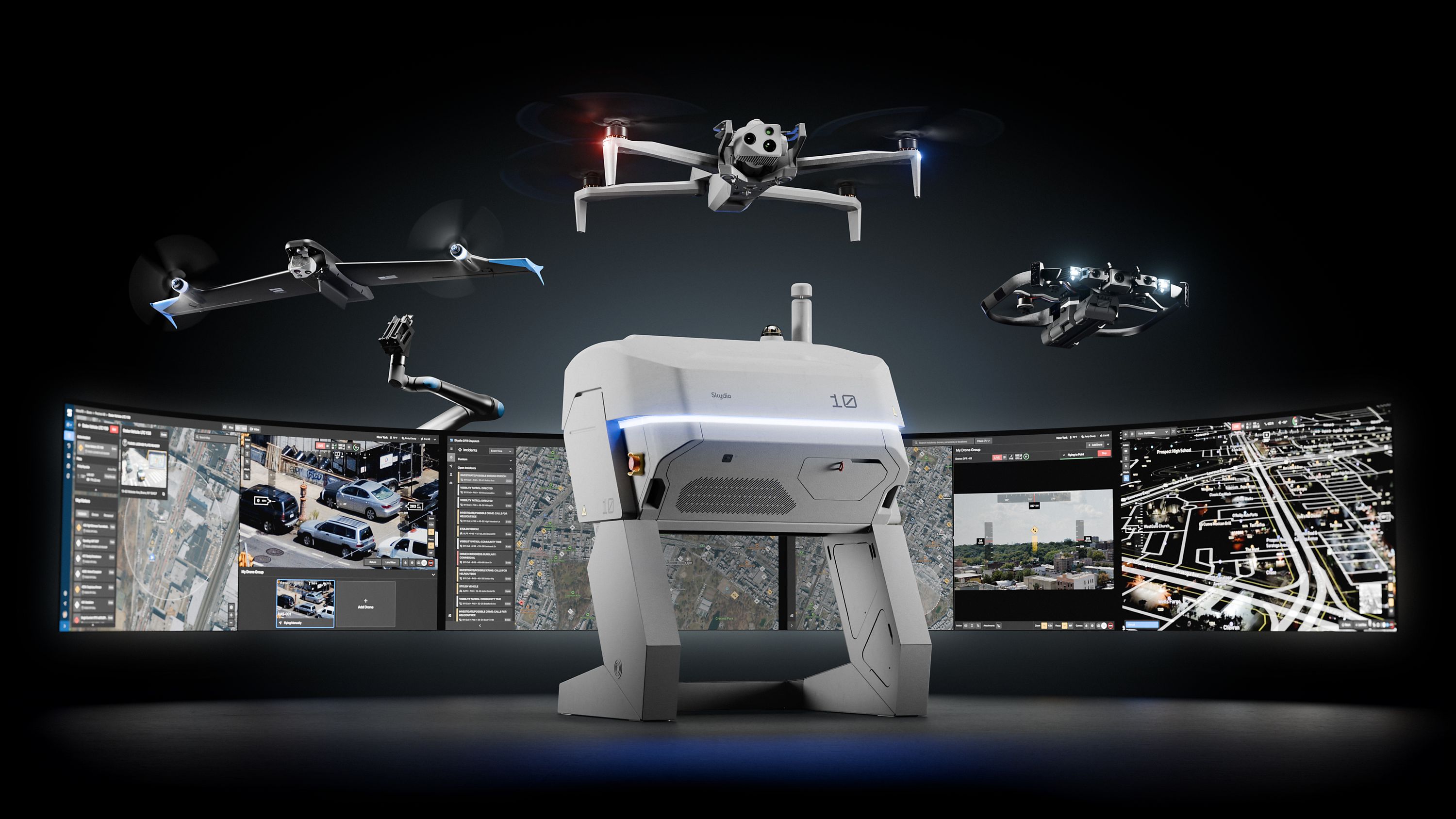Skydio + Axon: The Next Phase for Public Safety Intelligence

The development of drone technology in the last decade has provided public safety agencies with increased flexibility in support of first responder operations. This is significant because of the almost 18,000 police agencies in the US, fewer than 200 have crewed aviation capabilities. Drones allow first responders everywhere to quickly achieve situational awareness with minimal risk to personnel while adding a new aerial perspective for digital evidence collection.
To further advance mainstream adoption of drone technology and to unlock their full potential in the public safety sector, today we announced a strategic partnership with Axon, the global leader in connected public safety technologies.
Starting today, Axon will become the primary reseller of Skydio’s products, bringing the power of autonomous drones closer to first responders than ever before. Both the Skydio 2 and Skydio X2 platforms are now available for sale through Axon Air.
Update: Skydio drones now fully integrate with Axon Evidence and Axon Respond with Axon Air (powered by Dronesense) in early access. Find out more by checking out our most recent Axon integration blog.
In the coming months we will release an end-to-end solution that will enable law enforcement agencies to complement the intelligence gathered by existing body camera sensors on the ground with aerial imagery and footage collected by Skydio’s next-generation drones. Smarter drones powered by autonomous flight technology will lead to faster response times, increased situational awareness and higher quality data for evidentiary purposes. Those same drones integrated with the Axon platform will provide command staff access to live-streamed footage from both ground and aerial perspectives, helping them build and maintain a more comprehensive picture of the scene. They will also provide agencies with an easy way to manage and share evidentiary imagery from drones in the same way they do today with body camera footage.

But before we dive into greater detail, let’s explore some of the key reasons why we see public safety agencies struggle to scale drone programs, which are the same reasons why we are primed to deliver tremendous value through this partnership.
Drones should assist the mission, not become one
Despite the clear advantages that drones bring, current solutions dominated by manual drones suffer from some fundamental shortcomings that make them complicated to operate and resource-intensive to scale. Public safety agencies need tools that can become true force multipliers, instead of wasting valuable resources on them that detract from the mission to keep communities safe.
High operating complexity
The type of obstacle-dense environments that characterize the majority of first responder missions impose intense cognitive loads on the pilots, who need to focus on the job while trying, many times unsuccessfully, to operate the drone in the safest way possible to prevent them from crashing.
In contrast, Skydio autonomous drones, equipped with complete obstacle avoidance, turn any first responder into an expert pilot.
“ I can focus on being a police officer, not a drone pilot. The drone [Skydio 2] really affords me and my fellow officers the opportunity to have better tactical awareness on the scene without having to be an expert drone pilot. The drone does the flying and thinking about all those objects, and I can be better focused on tactics and problem solving.
Heavy training requirements
Due to this complexity, agencies must take significant countermeasures to minimize the risk of crashes, spending a great deal of time and money training their people how to fly drones. For sUAS programs dominated by manual drones, hiring, training, and retaining qualified pilots can consume up to 80% of the overall budget.
Skydio drones require minimal training to fly safely, which means a big reduction in both time and dollars invested in formal pilot training.
Environmental limitations
“ “Skydio 2 was perfect for this mission as I didn’t have to worry about trees or hitting anything as I followed the extraction out of the canyon.”
Manual drones require reliable GPS readings to maintain stable flight. As a result, missions located in GPS-denied environments, typical in Search and Rescue missions, are often off-limits. Pilots are forced to maintain long standoff distances from their objectives, at the expense of data quality or altogether completing the mission.
Weber County Search and Rescue (UT) used the Skydio 2 to provide overwatch for a rescue team retrieving an injured hiker with a broken femur. The pilot said, “Skydio 2 was perfect for this mission as I didn’t have to worry about trees or hitting anything as I followed the extraction out of the canyon.”
Unlocking the full potential of public safety drones
There are a growing number of agencies that believe in Skydio’s autonomous drones. In a recent DRONERESPONDERS poll, 11% of public safety agencies included Skydio drones in their fleets. It’s clear that many agencies are reconsidering the future of their programs, realizing that the opportunity cost of relying on manual operations long-term is too high.
“ "The Skydio 2 was instrumental in bringing about a safe and successful resolution to a 5 1/2 hour barricaded gunman call. [...] Another agency with a highly touted drone unit was ineffective because they could not navigate through the obstacles to get close enough to the windows.”
As Burlington PD (MA) can attest, having a trustworthy drone that can reliably fly below the tree-line and out of view, while still safely navigating around obstacles to complete the mission is incredibly valuable. They recently had success using the Skydio 2 to help resolve a five hour standoff between a barricaded gunman and the department’s SWAT team, where obstacle avoidance played a critical role. Police officer Sage Costa had this to say about the event: “The Skydio 2 was instrumental in bringing about a safe and successful resolution to a 5 1/2 hour barricaded gunman call. [...] Another agency with a highly touted drone unit was ineffective because they could not navigate through the obstacles to get close enough to the windows.”
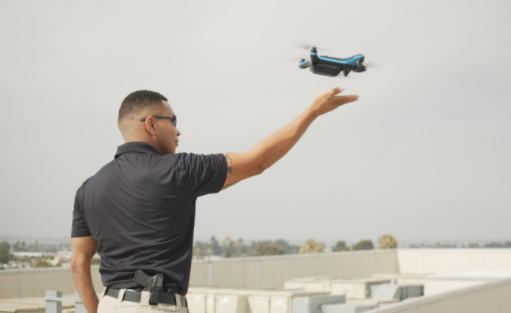
For agencies that have been craving to use Skydio drones as part of the network of interconnected devices that Axon offers, they won’t have to wait much longer. The joint roadmap will seamlessly integrate Skydio drones with Axon Air, Axon Evidence, and Axon Respond, bringing a paradigm shift in how agencies leverage drones for situational awareness and evidence management.
Live streaming for real-time situational awareness
Autonomy has become critical to scalable and meaningful public safety drone operations. At the heart of autonomous flight is a massive reduction in both the cognitive and environmental limitations that exist with manual drones today, which in turn leads to a reduction in the training burden.
Thanks to Skydio’s breakthrough autonomy, more first responders, not just those with significant training, are capable of collecting actionable intelligence, getting closer to structures to see more without fear of crashing, and reaching places that other drones simply can’t.
The future solution will further streamline how agencies leverage the aerial intelligence of autonomous drones alongside that captured by body cameras on the ground to gain real-time situational awareness. Future integration with Axon Respond for Devices will make it possible for command center staff to get access to the live stream feed from the Skydio fleet in the same simple way that they already do today with body cameras.

Automated media upload for seamless digital evidence management
Many public safety agencies today are already using Skydio’s highly reliable data as an additional source of truth for evidence management via Axon Evidence, uploading images and footage manually using the drone’s SD cards. Our future integration with Axon Air will further enhance their evidence collection capabilities by enabling seamless automated media uploads. Skydio imagery will be easily manageable and shareable for agencies, coexisting alongside corresponding body camera video in Axon’s digital evidence management system, Axon Evidence.
Incident scene reconstructions will also experience a massive boost thanks to the ability to use Axon Evidence as a system of record to manage the photogrammetry data collected by Skydio 3D Scan. By normalizing the ability to generate high-fidelity 3D models of any scene or structure with minimal societal impact, Skydio and Axon together are ready to alter the meaning of evidentiary data.
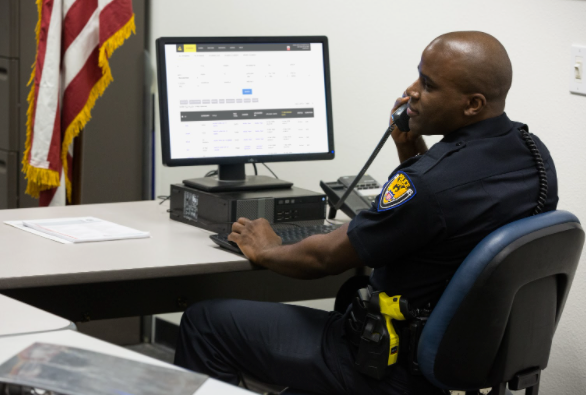
Check out the blog that Axon wrote about the partnership.
If you are ready to join the next phase for public safety intelligence and want to learn more about our joint solution, don’t hesitate to contact us.
